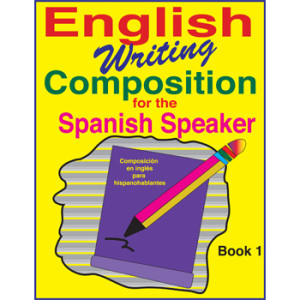English Spanish Cognates
Part 2
Cognates are two words that have a common origin. Most often, cognates are words in two languages. Many Spanish and English words have Latin or Greek roots and the same meaning. Because Spanish and English words often share the same Latin root, many words have similar spelling and the same meaning. This knowledge can be easily transferred in the acquisition of the second language. For example, gratitude and gratitud both coming from the Latin word gratitudo, meaning “thankfulness”.
English Spanish Cognate Rule 7
English words ending in –ary change to –ario in Spanish.
Examples:
| English | Spanish |
| temporary | temporario |
| vocabulary | vocabulario |
| salary | salario |
| diary | diario |
English Spanish Cognate Rule 8
English words ending in –ant change to –ante in Spanish.
Examples:
| English | Spanish |
| vacant | vacante |
| important | importante |
| elegant | elegante |
| instant | instante |
English Spanish Cognate Rule 9
English words ending in –ble are usually the same in Spanish.
Examples:
| English | Spanish |
| visible | visible |
| impossible | imposible |
| horrible | horrible |
| terrible | terrible |
English Spanish Cognate Rule 10
English words ending in –ence change to –encia in Spanish.
Examples:
| English | Spanish |
| violence | violencia |
| excellence | excelencia |
| frequence | frecuencia |
| intelligence | inteligencia |
English Spanish Cognate Rule 11
English words ending in –id change to –ido in Spanish. Many words following this rule have an accent on the first vowel.
Examples:
| English | Spanish |
| liquid | líquido |
| rapid | rápido |
| solid | sólido |
| vivid | vívido |
English Spanish Cognate Rule 12
English words ending in –ment change to –mento in Spanish.
Examples:
| English | Spanish |
| department | departmento |
| argument | argumento |
| cement | cemento |
| moment | momento |
Visit our website at www.Fisher-Hill.com to learn more about our workbook series English Vocabulary for the Spanish Speaker which provides practice using English Spanish cognates. At our website, check out all of our easy to use workbooks for Spanish-speaking teens and adults.

















